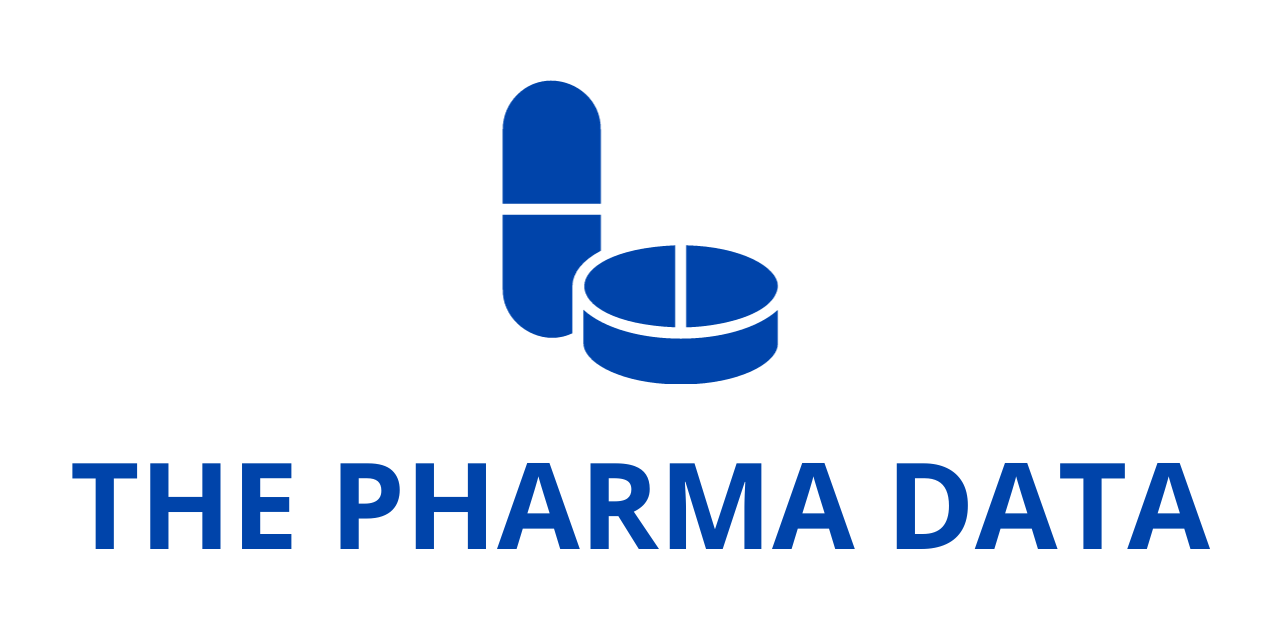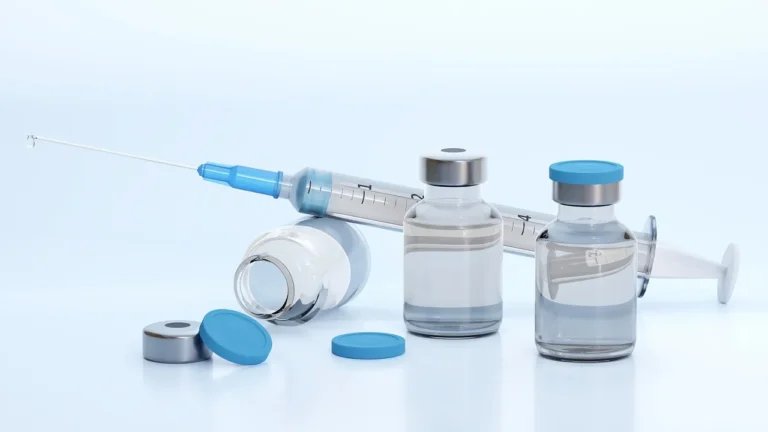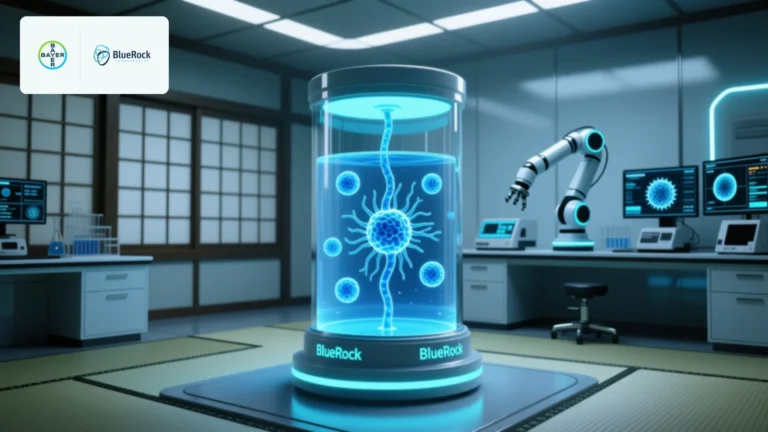
Ascendis Pharma Reports Promising Week 26 Results from COACH Trial: TransCon hGH Enhances TransCon CNP Benefits in Children with Achondroplasia
Ascendis Pharma A/S, a global biopharmaceutical company focused on developing innovative therapies for rare diseases and endocrine disorders, has announced interim results from the Week 26 analysis of its ongoing Phase 2 COACH trial. The COACH study is the first clinical investigation to assess the combined effects of two once-weekly treatments—TransCon® CNP (navepegritide) and TransCon® hGH (lonapegsomatropin)—in children with achondroplasia. These findings represent a significant step forward in the development of more comprehensive treatment strategies for achondroplasia, the most common form of dwarfism.
The interim data demonstrate that when used in combination, TransCon hGH significantly enhances the therapeutic outcomes of TransCon CNP. The dual treatment regimen resulted in substantial gains in linear growth, improvements in body proportionality, and an overall favorable safety profile. These results further validate the potential of Ascendis’ proprietary TransCon technology to deliver long-acting therapies that improve both efficacy and patient experience.
Understanding the Science Behind the Therapy
TransCon CNP is an investigational prodrug of C-type natriuretic peptide (CNP), designed to provide continuous exposure of active CNP throughout the body, including critical growth regions such as the epiphyseal growth plates and skeletal muscle. Administered once weekly, TransCon CNP is currently under Priority Review by the U.S. Food and Drug Administration (FDA) as a monotherapy for children with achondroplasia.
TransCon hGH, marketed as SKYTROFA® for pediatric growth hormone deficiency, is a once-weekly prodrug of somatropin (human growth hormone). It provides sustained release of unmodified somatropin, supporting normal growth and development in children. The combination of these two therapies, which act through distinct yet complementary mechanisms, represents a novel approach to managing achondroplasia and potentially other growth-related disorders.
Executive Commentary on Interim Results
Dr. Aimee Shu, Executive Vice President of Endocrine & Rare Disease Medical Sciences and Chief Medical Officer at Ascendis Pharma, expressed optimism about the interim results. “TransCon CNP as a monotherapy has demonstrated the potential to transform the treatment of achondroplasia,” Dr. Shu stated. “The Week 26 data from the COACH Trial now show that TransCon hGH may further enhance these benefits. Importantly, the combination therapy maintains a safety profile that aligns with what we’ve observed in monotherapy studies.”
Dr. Shu emphasized that these findings highlight the potential for a dual treatment strategy that leverages the synergistic benefits of two innovative molecules. “With complementary modes of action and a once-weekly dosing regimen, TransCon CNP and TransCon hGH may redefine the treatment landscape for children with achondroplasia, improving not just linear growth but also body proportionality and physical function.”
COACH Trial Overview
The COACH Trial is a prospective, Phase 2, open-label, proof-of-concept study designed to evaluate the efficacy, safety, and tolerability of the combination therapy. The trial includes two cohorts:
- TransCon CNP-naïve cohort (N=12): Children aged 2 to 11 years (mean age 4.67) who had not received TransCon CNP previously.
- TransCon CNP-experienced cohort (N=9): Children (mean age 7.89) who had been on TransCon CNP monotherapy (100 µg/kg/week) for an average of 2.56 years in prior clinical studies.
All participants received once-weekly doses of TransCon CNP (100 µg/kg/week) and TransCon hGH (0.30 mg/kg/week) during the trial. The goal was to measure improvements in growth velocity, height standard deviation scores, body proportionality, and safety over a 26-week period. Ascendis expects to report final 52-week results in the fourth quarter of 2025 and plans to initiate a Phase 3 trial around the same time.
Key Week 26 Findings
The interim analysis at Week 26 revealed several encouraging outcomes:
Growth Velocity
- CNP-naïve children experienced a mean annualized growth velocity (AGV) of 9.14 cm/year, which reflects a 4.23 cm/year increase from baseline.
- CNP-experienced children saw a mean AGV of 8.25 cm/year, a 3.10 cm/year increase compared to their pre-combination baseline.
In both cohorts, these growth velocities exceeded the 97th percentile for children of average stature, a significant milestone indicating normalization—or even surpassing—of growth rates typical of unaffected children.
Height Standard Scores (Z-scores)
- CNP-naïve children recorded a +0.53 improvement in their mean achondroplasia (ACH) height Z-score over 26 weeks.
- CNP-experienced children demonstrated a +0.44 improvement in the same timeframe.
These improvements signify a meaningful shift toward normalized height and overall stature, which can positively impact mobility, daily functioning, and self-esteem in affected children.
Body Proportionality and Bone Age
One of the hallmark challenges of achondroplasia is disproportionate limb-to-torso ratios. The trial showed that children receiving the combination therapy experienced accelerated improvements in body proportionality—a sign that the therapy not only increases height but does so in a balanced and physiologically harmonious way. Importantly, bone age advanced appropriately in line with chronological age, suggesting that growth was not occurring at the expense of premature skeletal maturation.
Safety and Tolerability
Safety remains a top priority in pediatric drug development, and the interim results offer reassurance. The combination of TransCon hGH and TransCon CNP was generally well tolerated, with no unexpected safety signals. Treatment-emergent adverse events (TEAEs) were mostly mild and in line with what had been previously observed for each monotherapy individually.
There were no reports of serious adverse events related to the therapy, no signs of early growth plate closure, and no indications of cardiovascular compromise—an important consideration for treatments involving natriuretic peptides.
Future Directions and Broader Implications
With these positive interim results, Ascendis Pharma is poised to expand its development of combination therapies targeting growth disorders. The once-weekly dosing schedule offers a major advantage in terms of treatment adherence and patient quality of life, especially compared to traditional daily injections used in pediatric endocrinology.
The company is already planning a Phase 3 study, slated to begin in Q4 2025, which will provide more definitive data on long-term efficacy and safety across a broader population. If successful, this strategy may lay the groundwork for regulatory submissions seeking combination indications, potentially transforming the current standard of care for achondroplasia.
In parallel, the Priority Review status granted by the FDA to TransCon CNP monotherapy highlights the urgency and clinical significance of bringing new treatments to children living with this lifelong genetic condition.
The Week 26 data from Ascendis Pharma’s COACH trial suggest a new frontier in achondroplasia therapy: one where combinatorial approaches yield superior growth outcomes while preserving safety. The synergy between TransCon CNP and TransCon hGH offers new hope for achieving normalized growth and improved body proportions in children affected by this challenging condition.
As Ascendis prepares for its next clinical milestones, the company remains committed to advancing its TransCon technology platform to address unmet needs in rare endocrine and skeletal diseases—ushering in a new era of growth and possibility for pediatric patients around the world.





